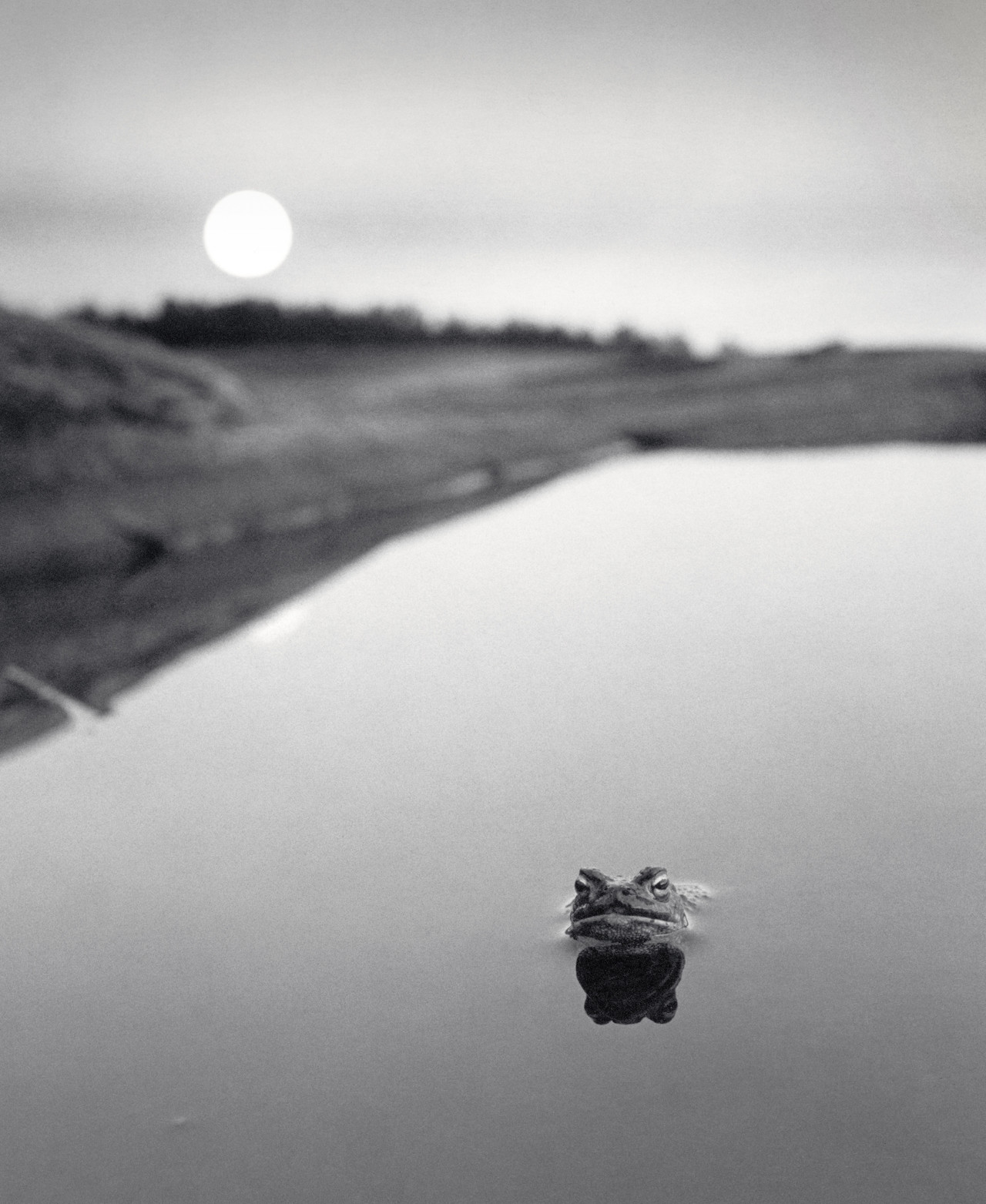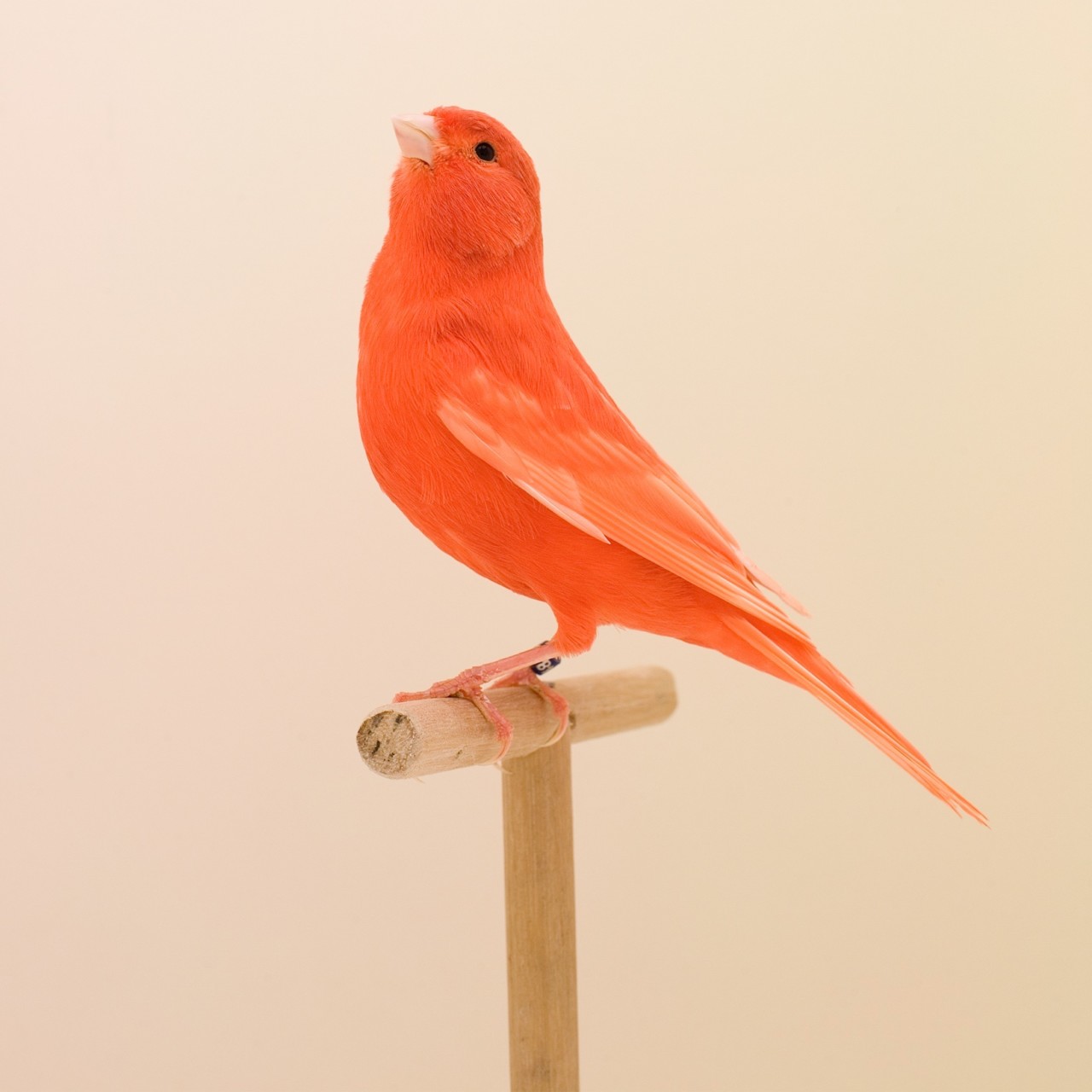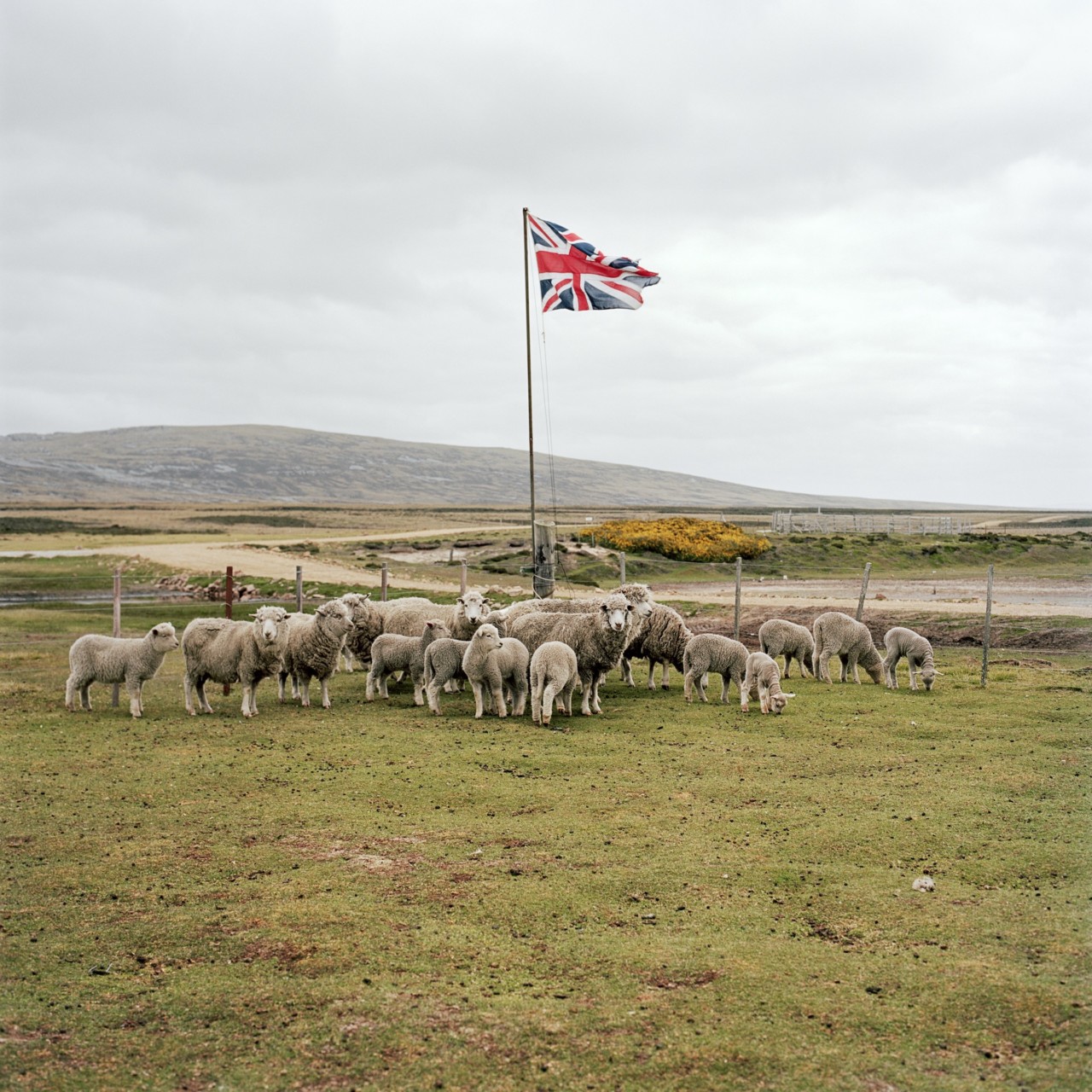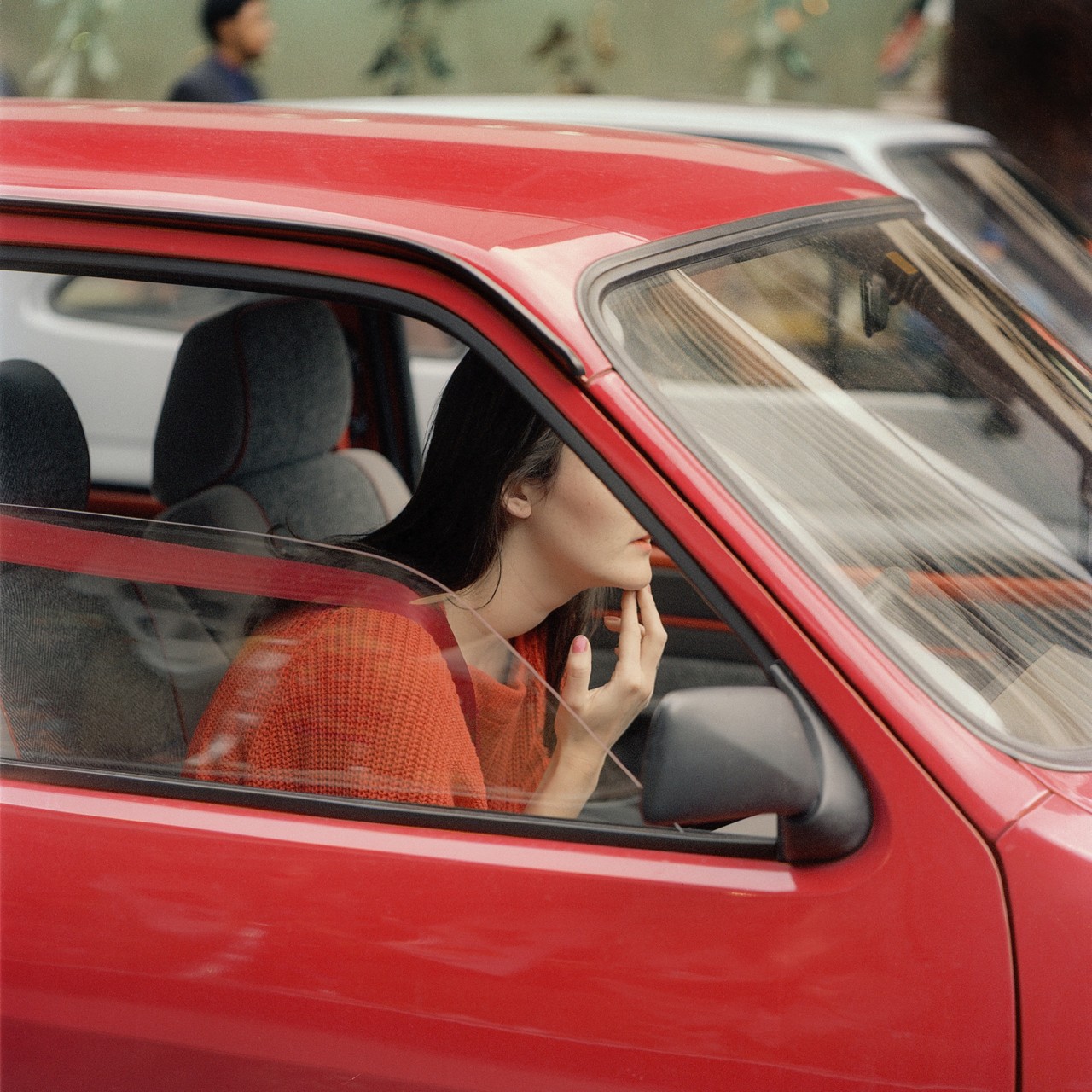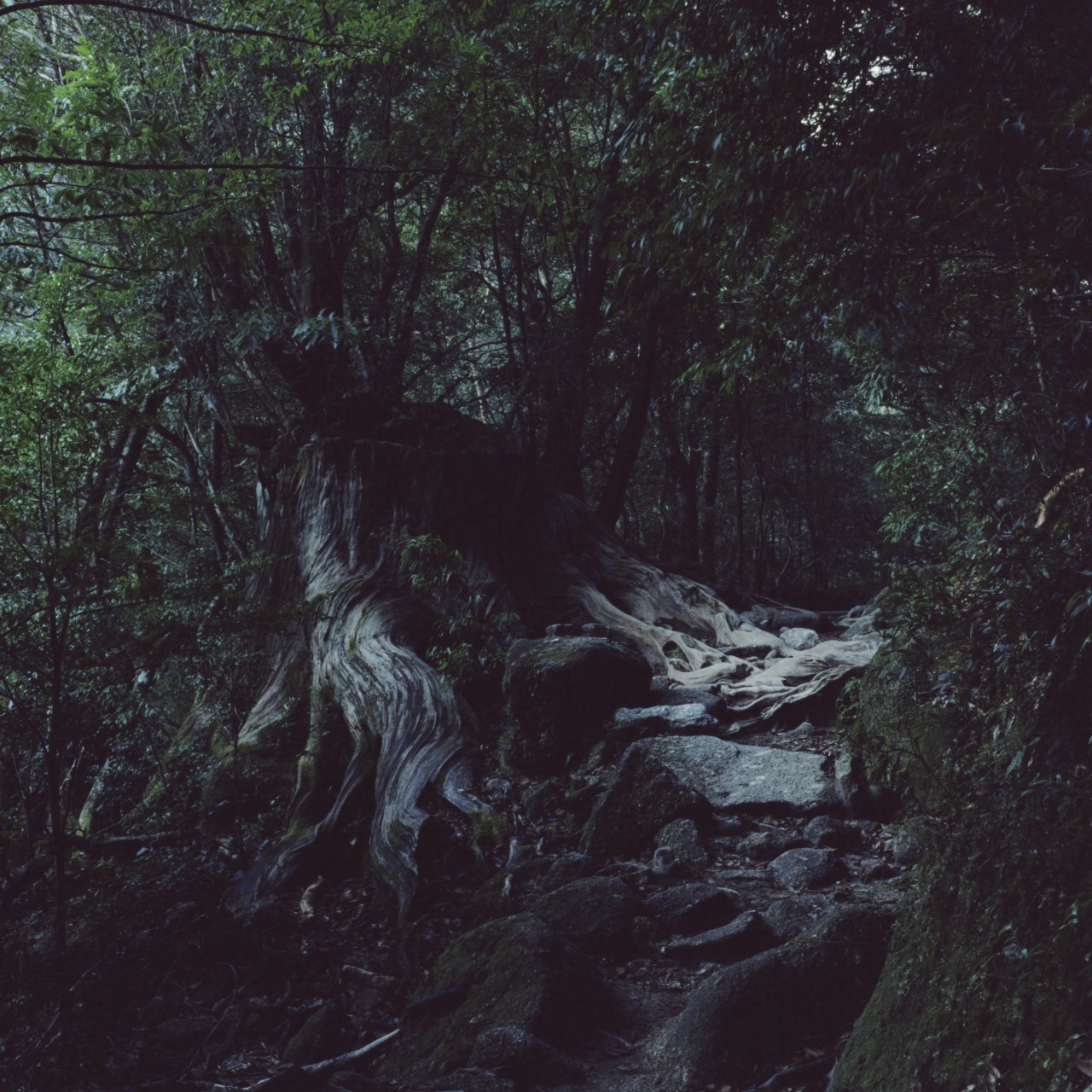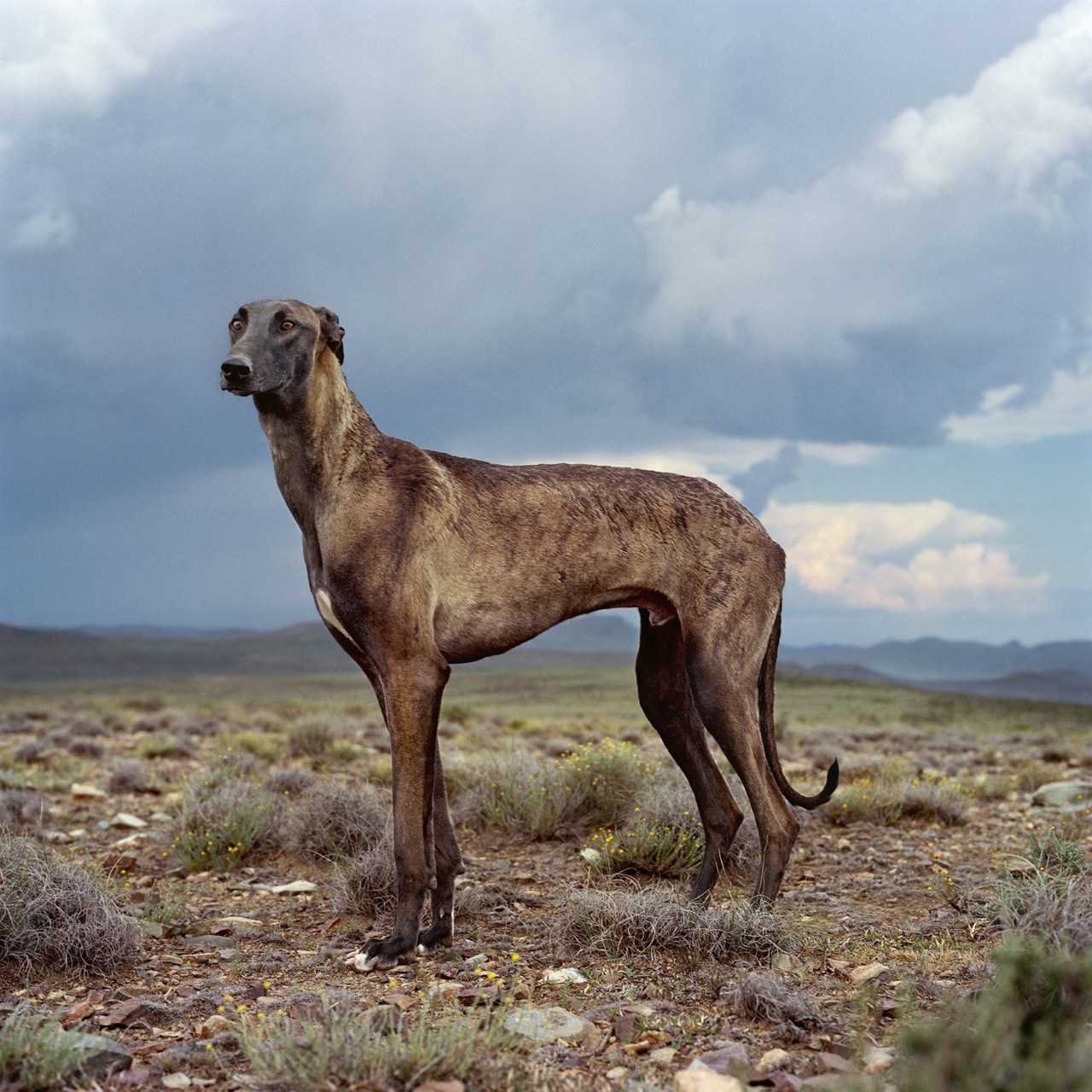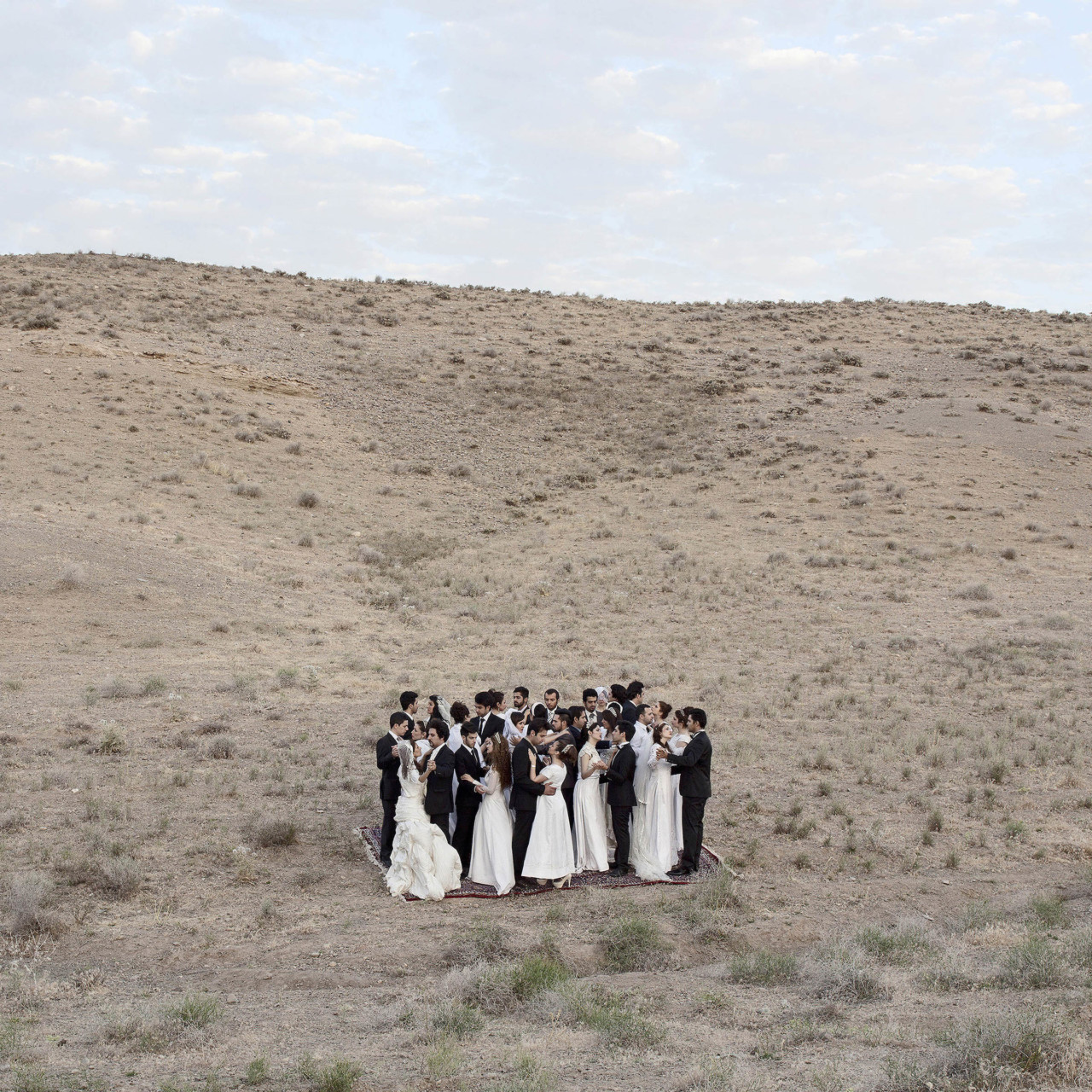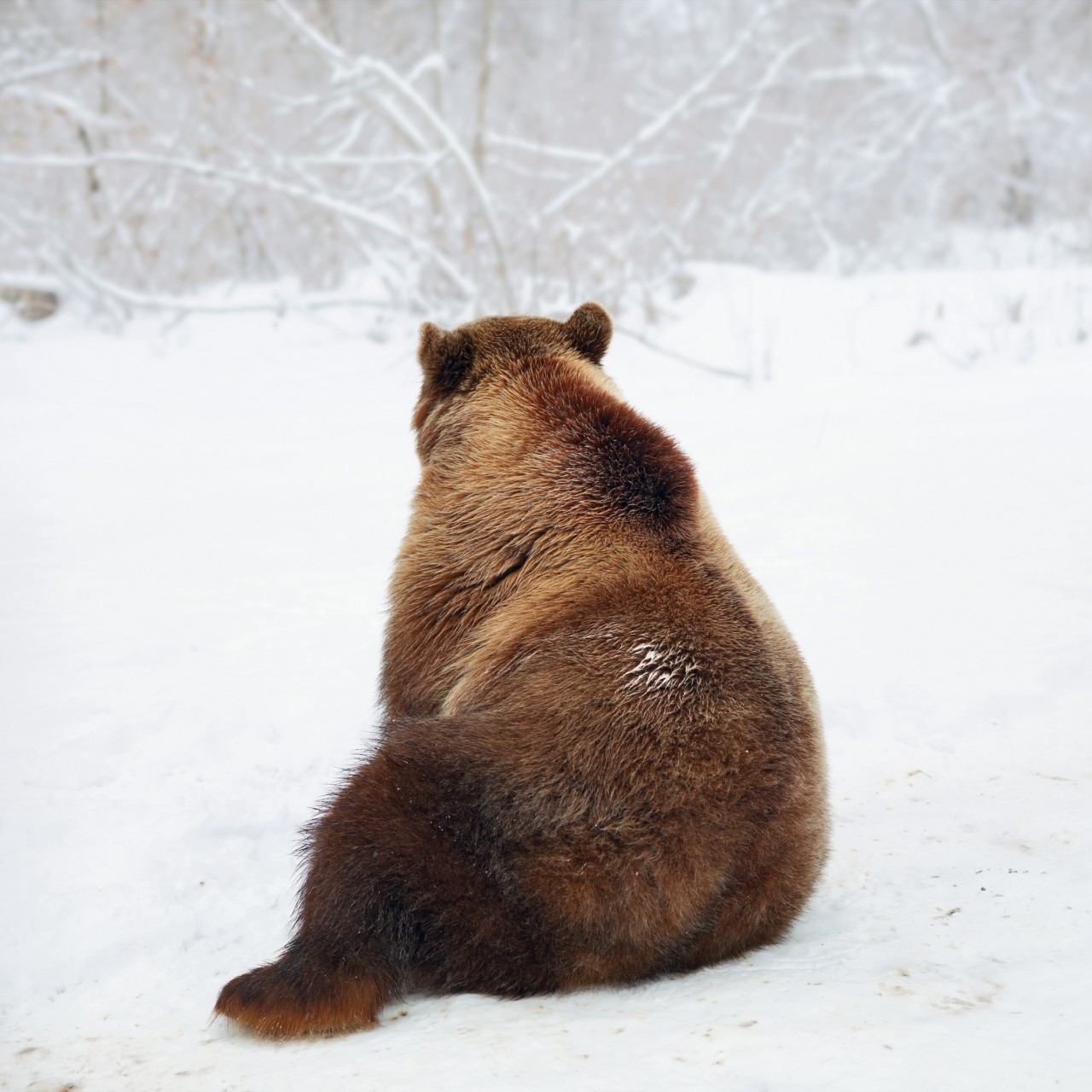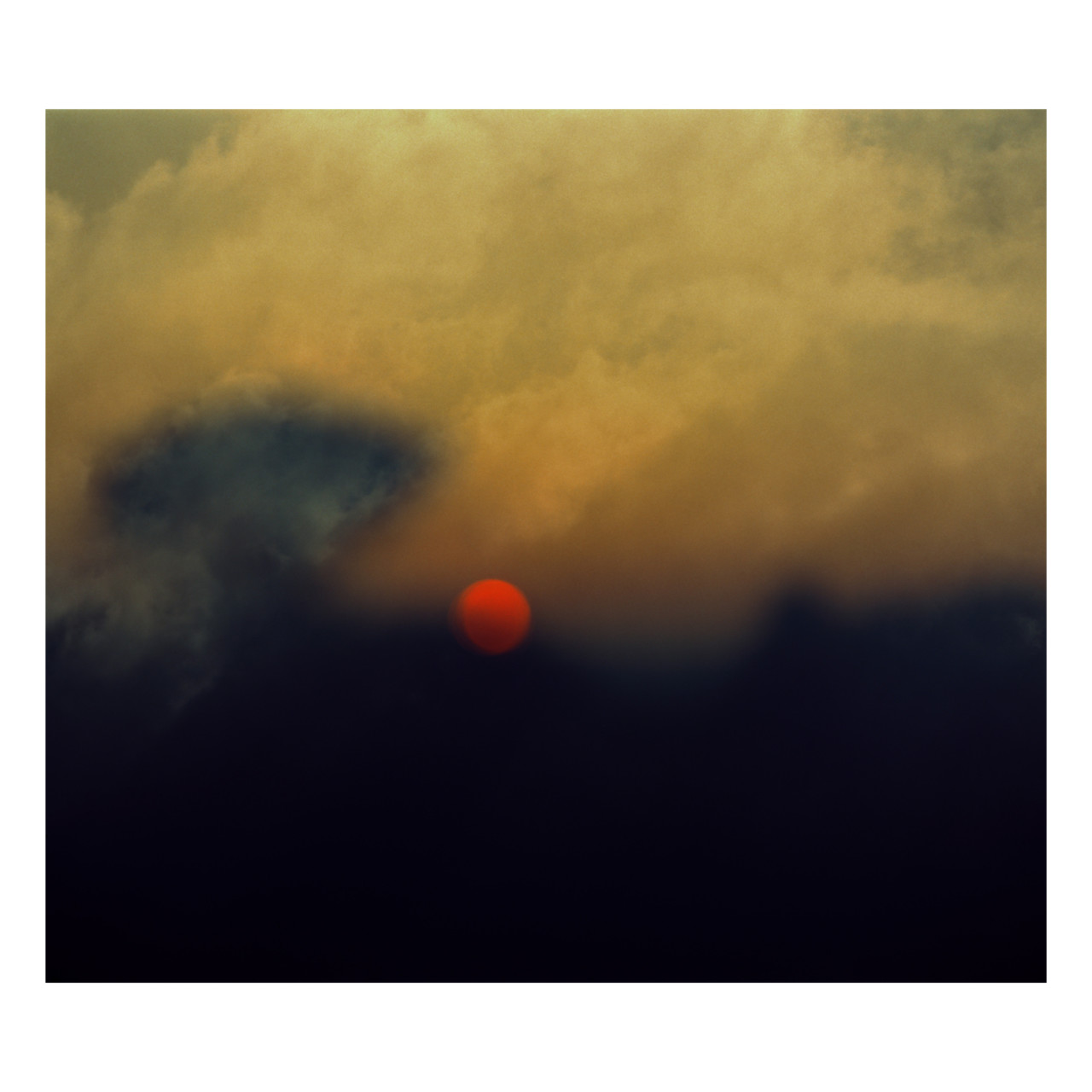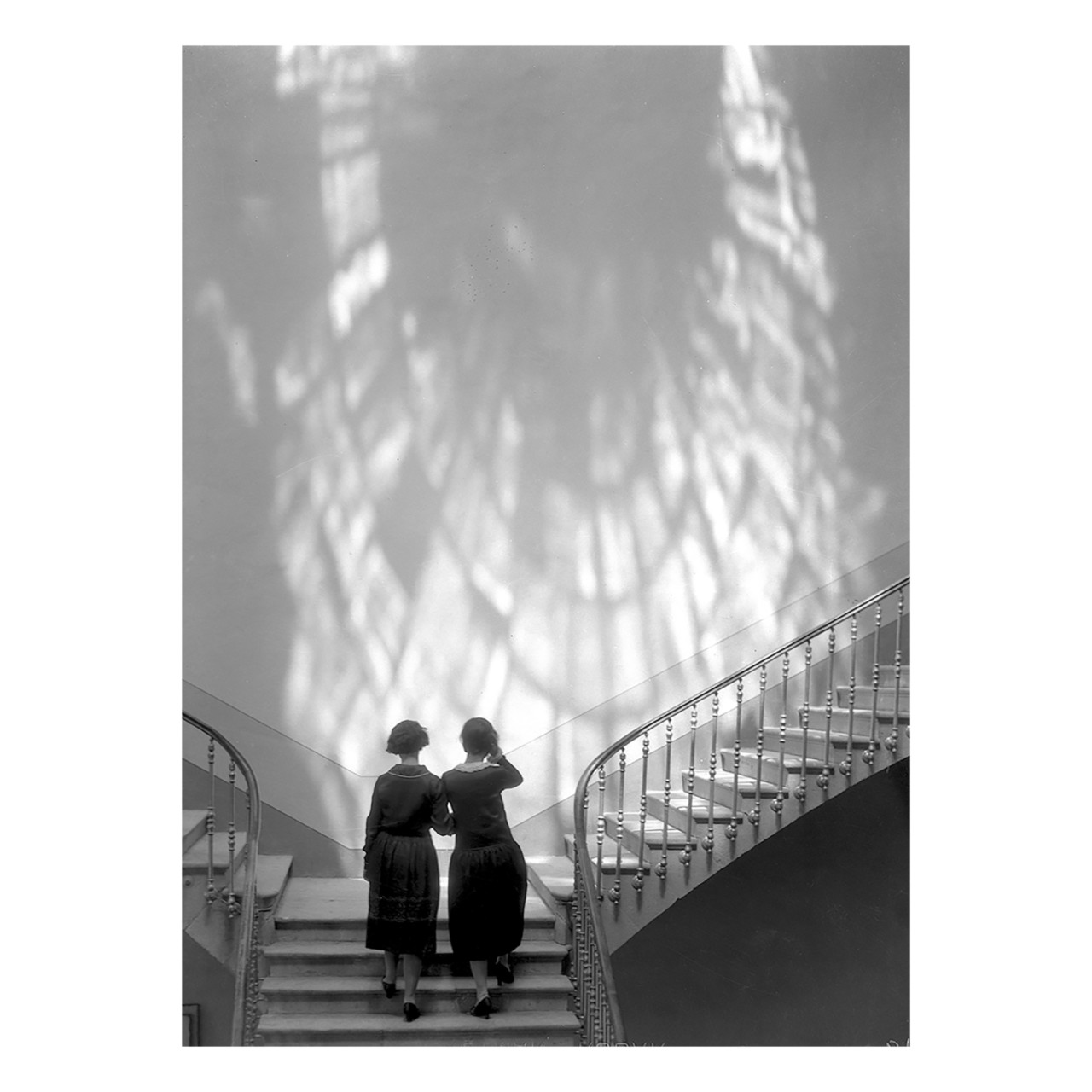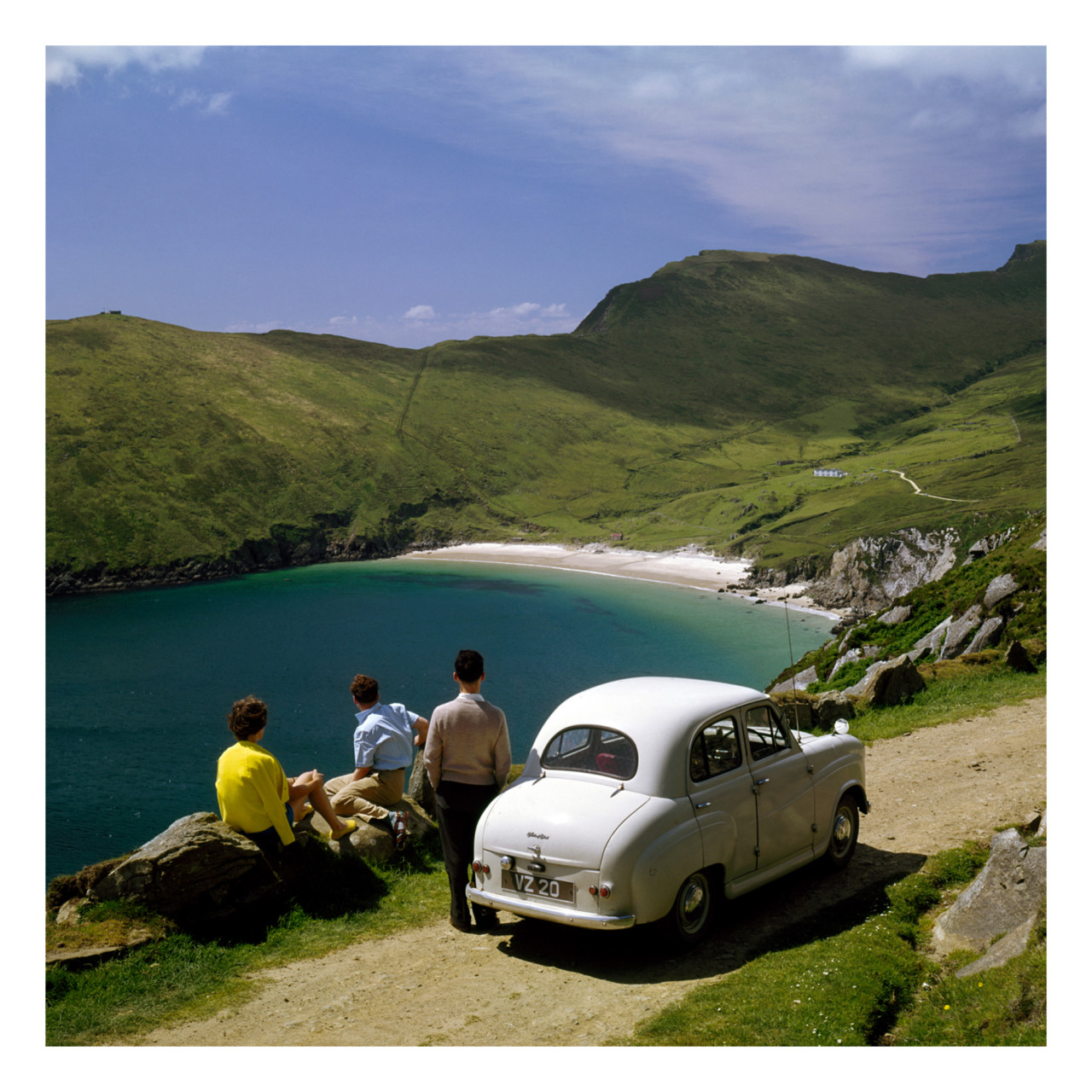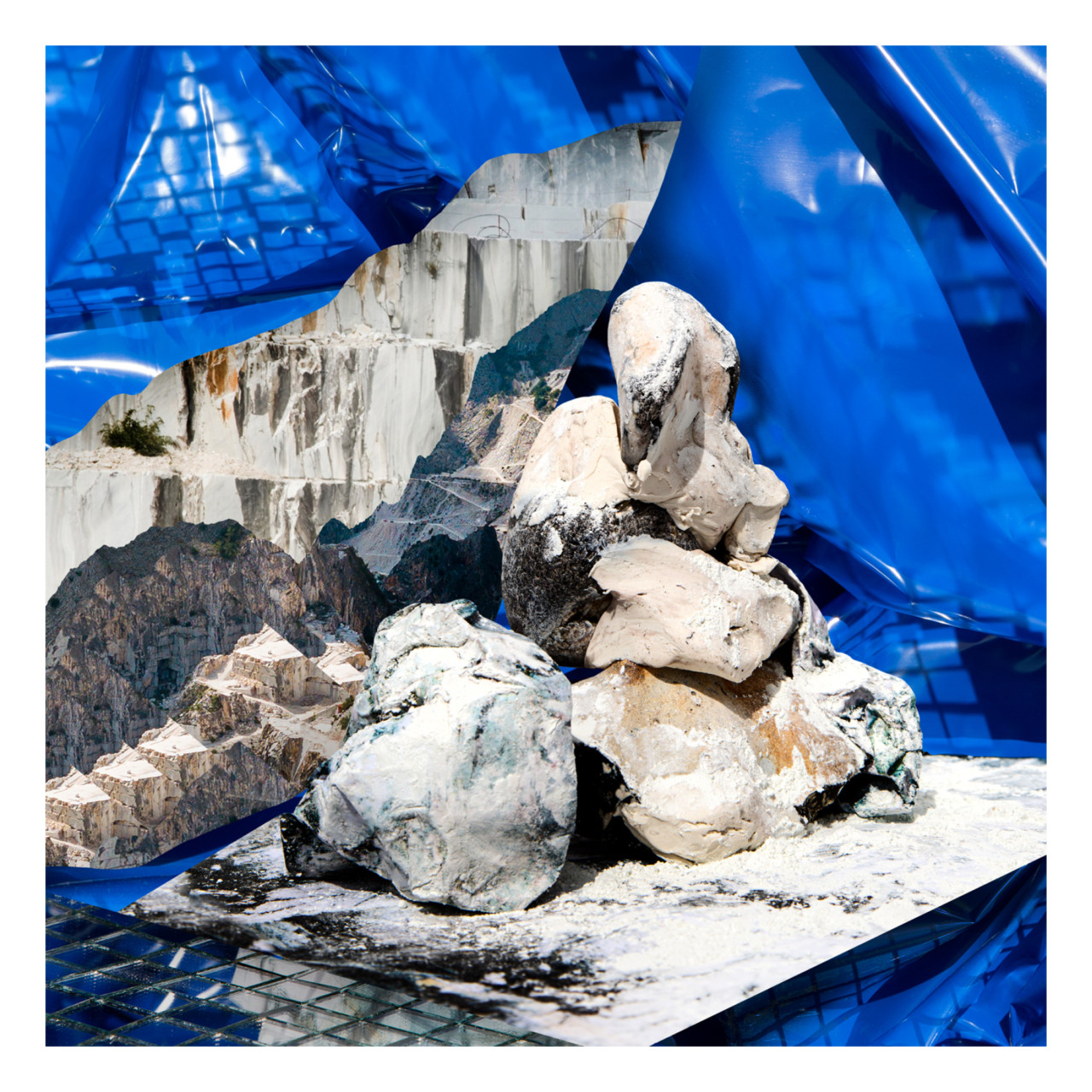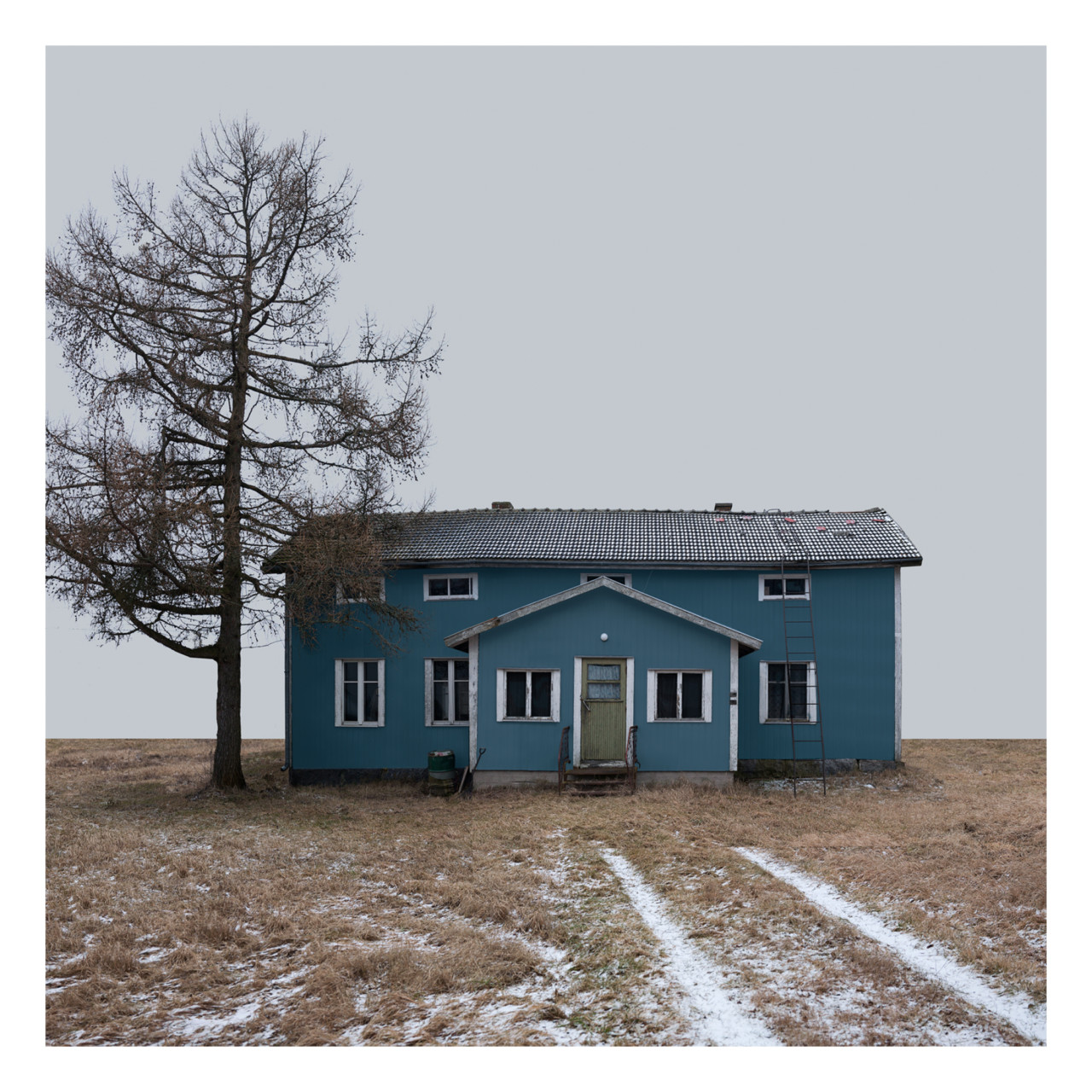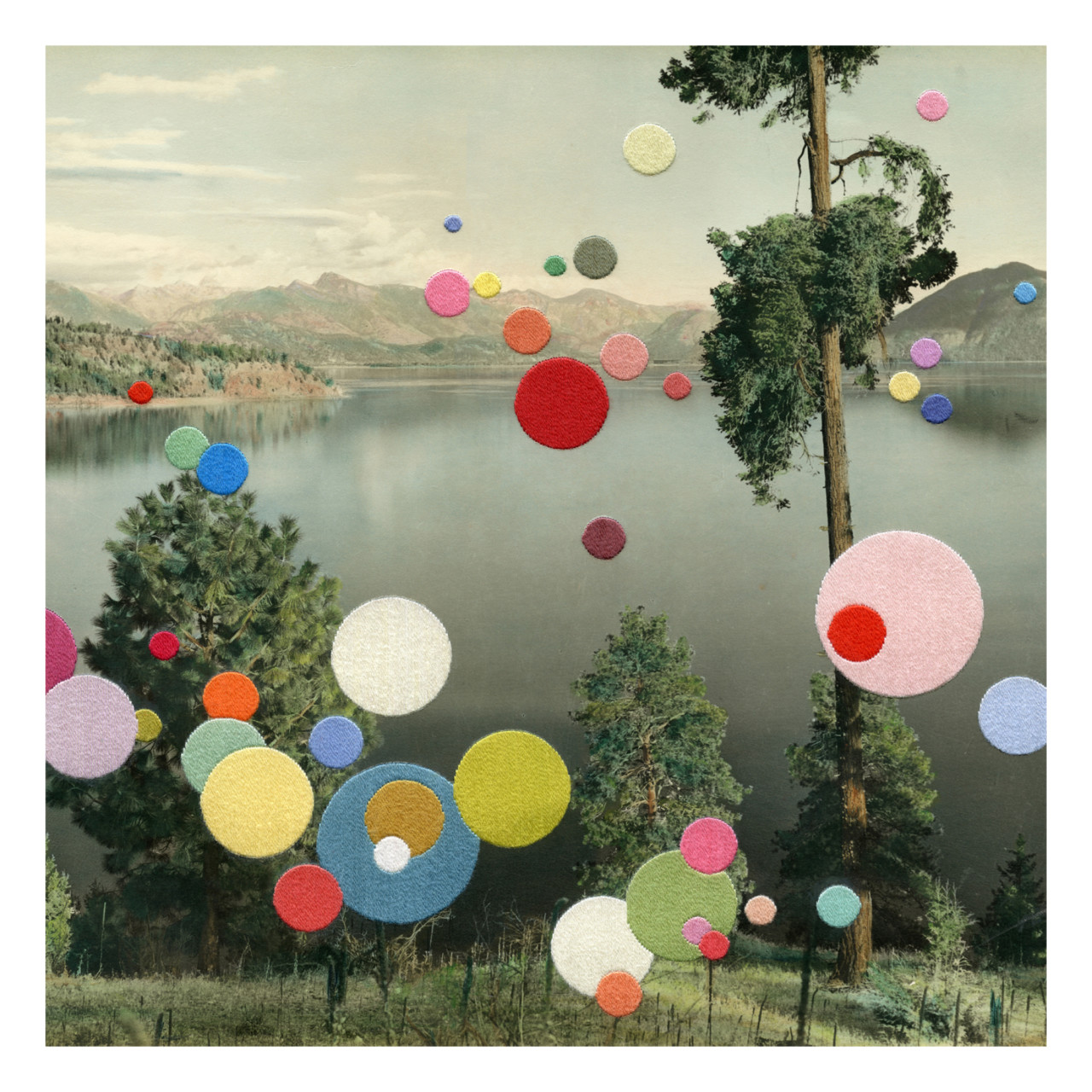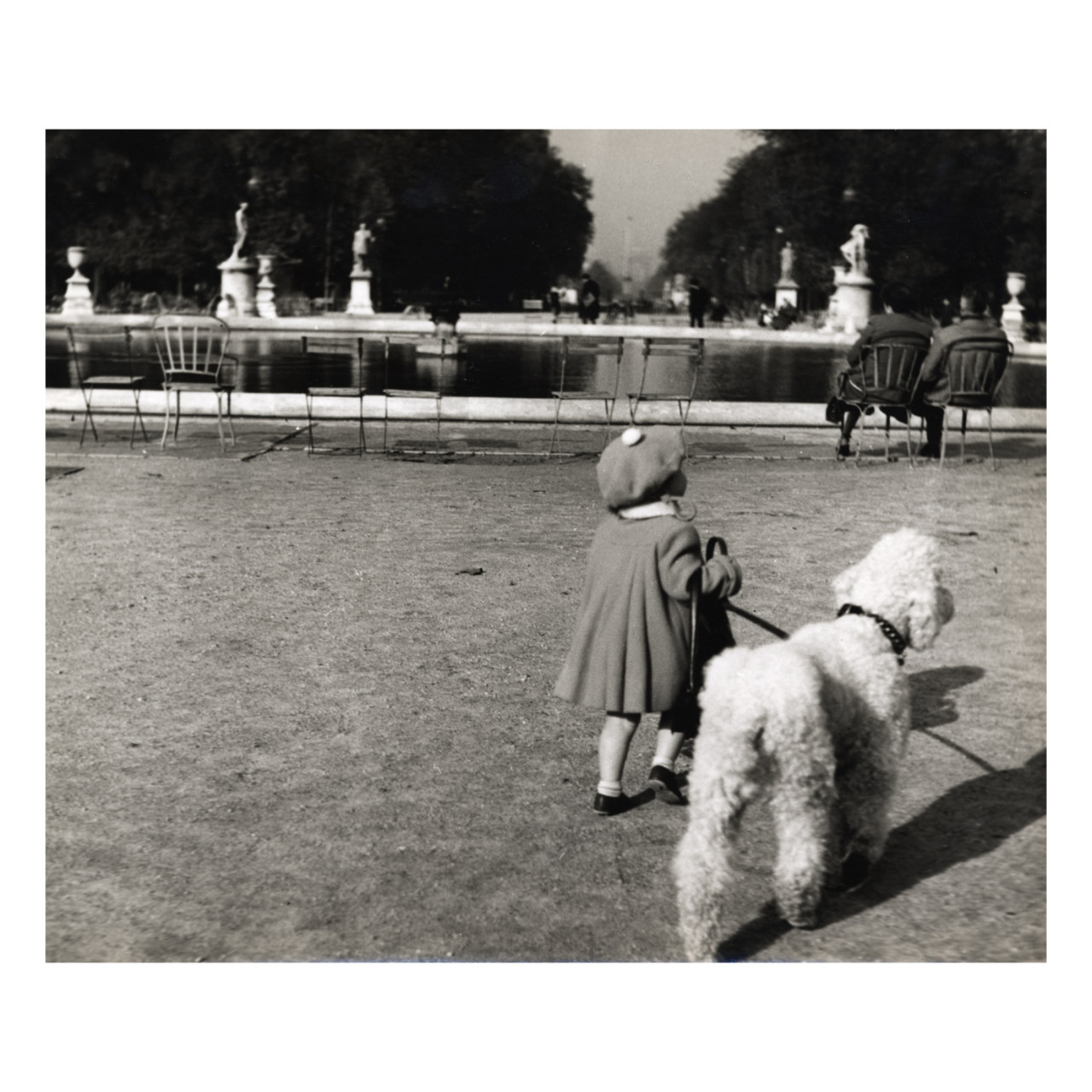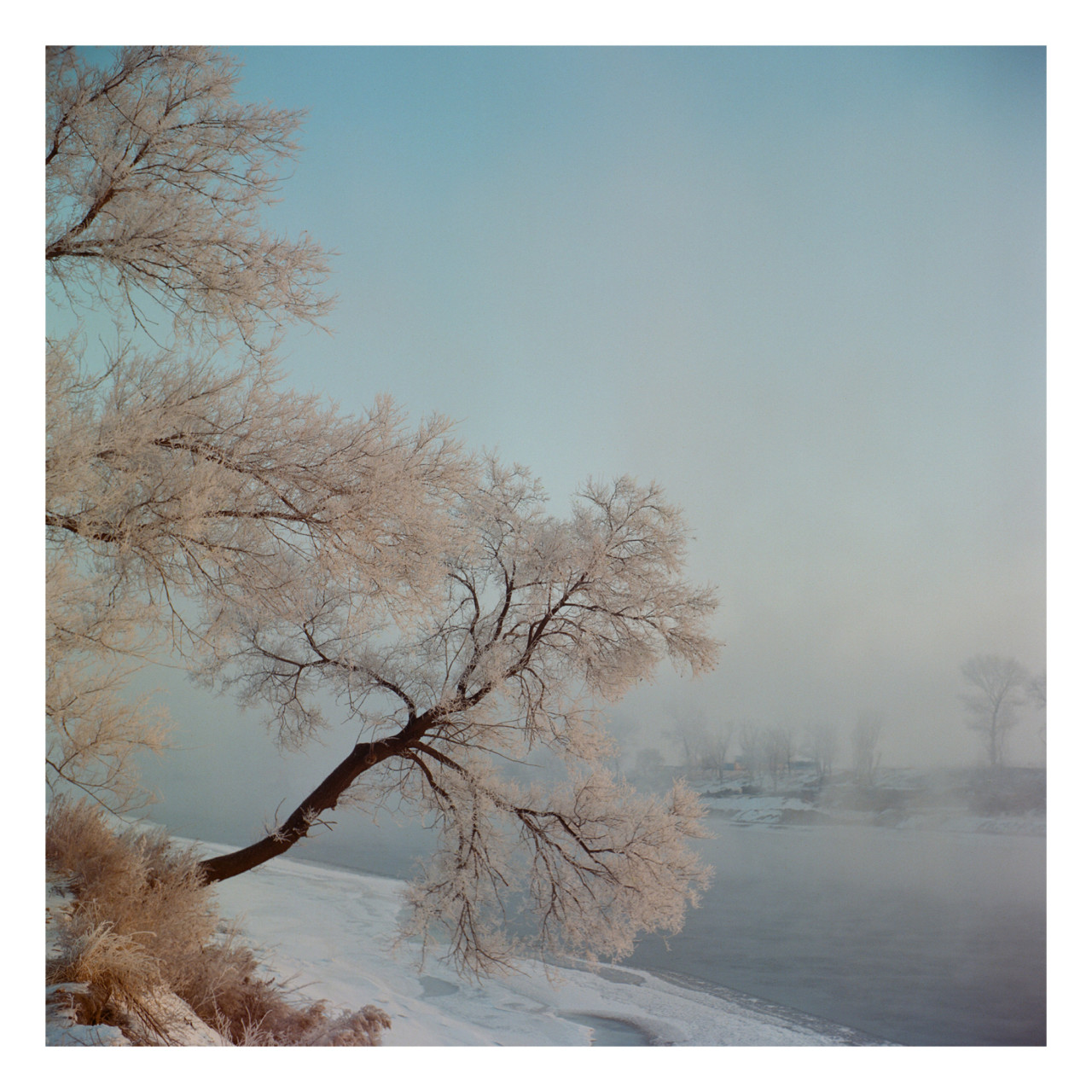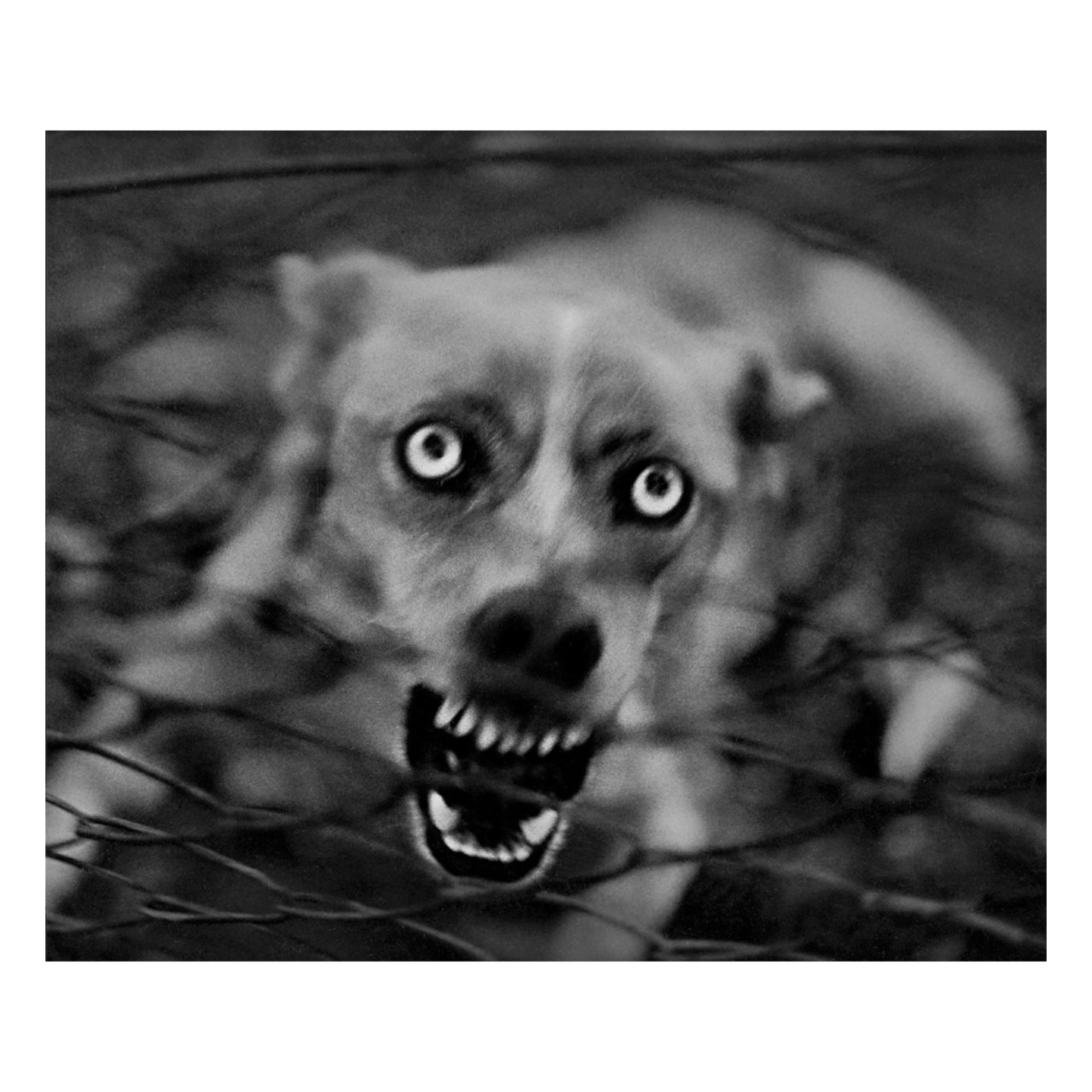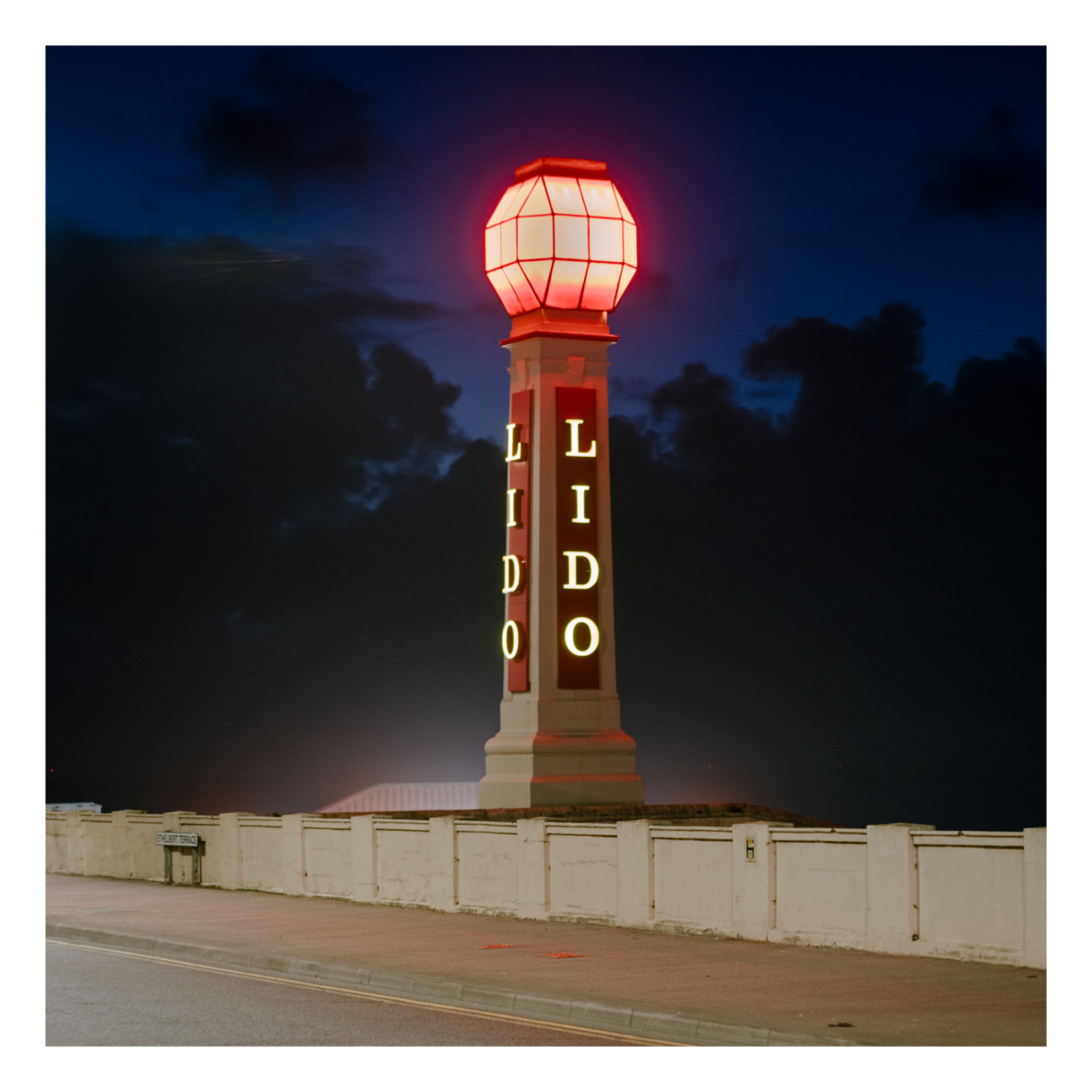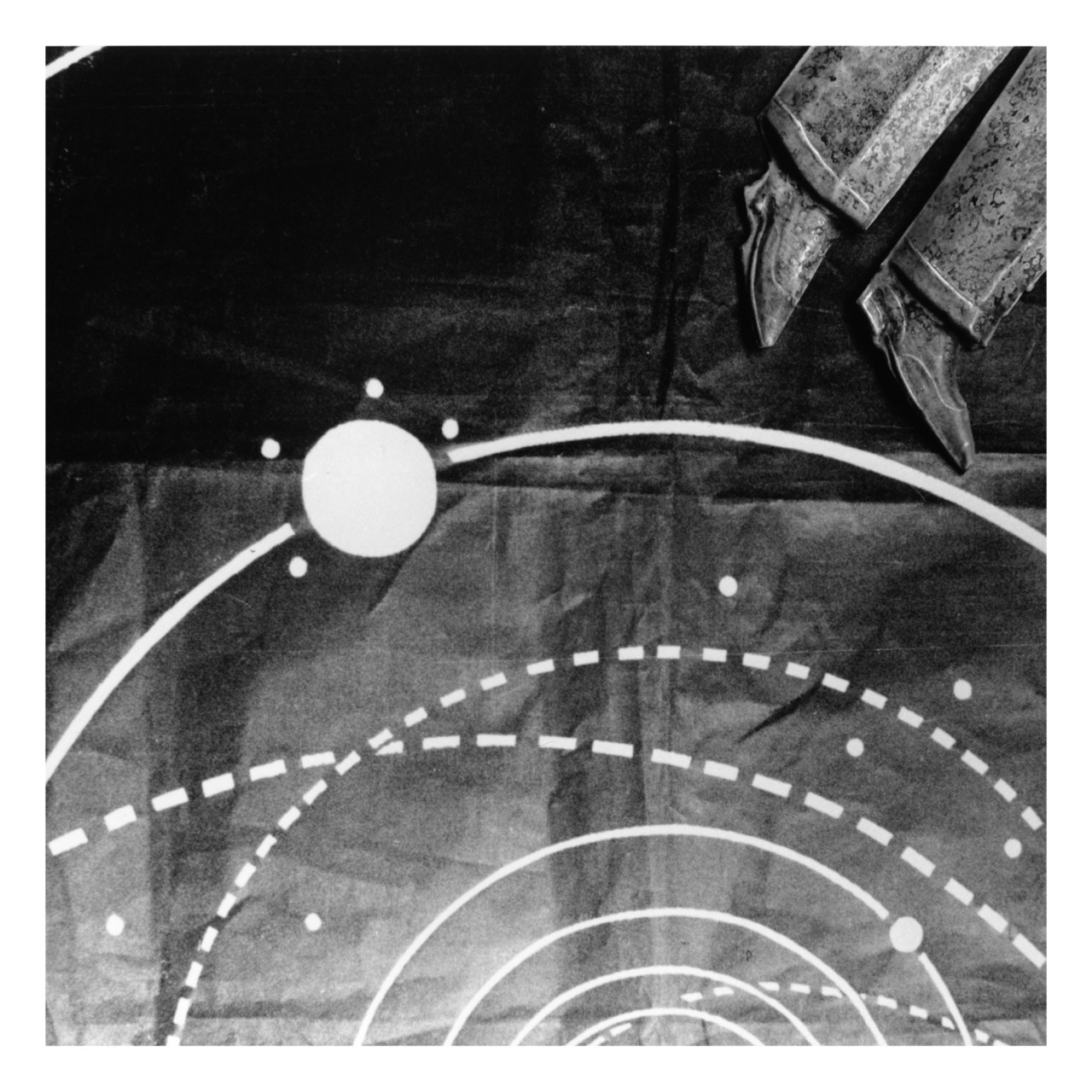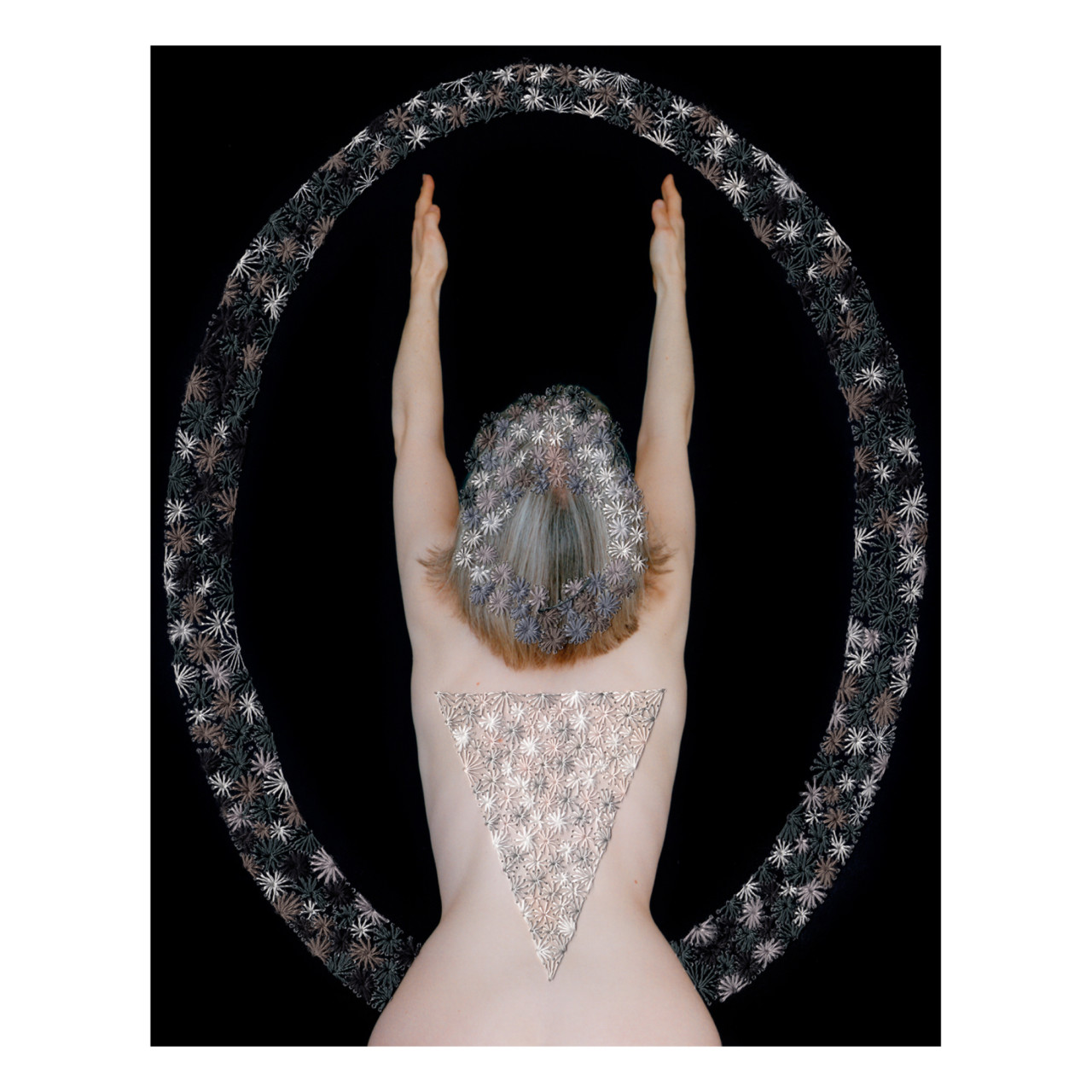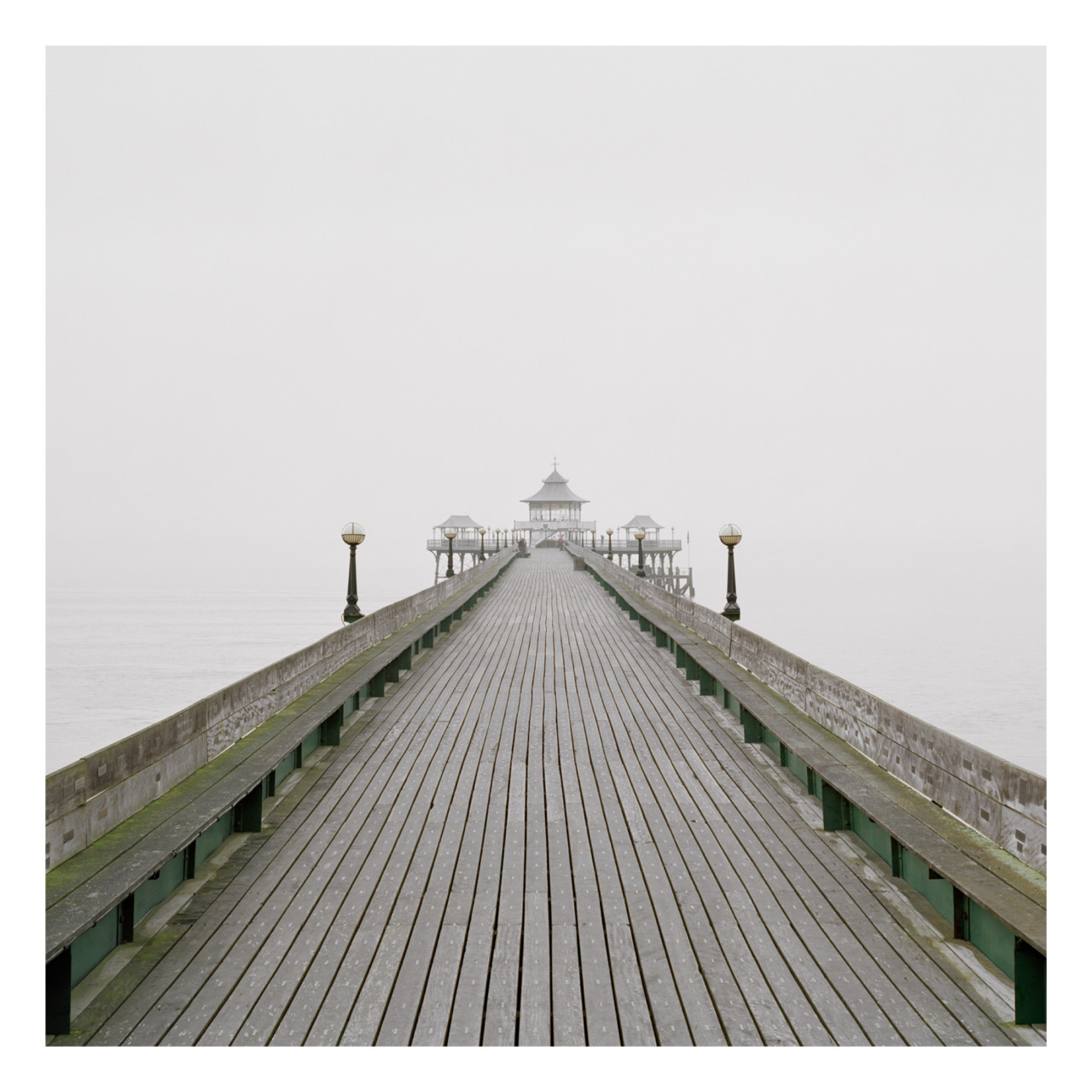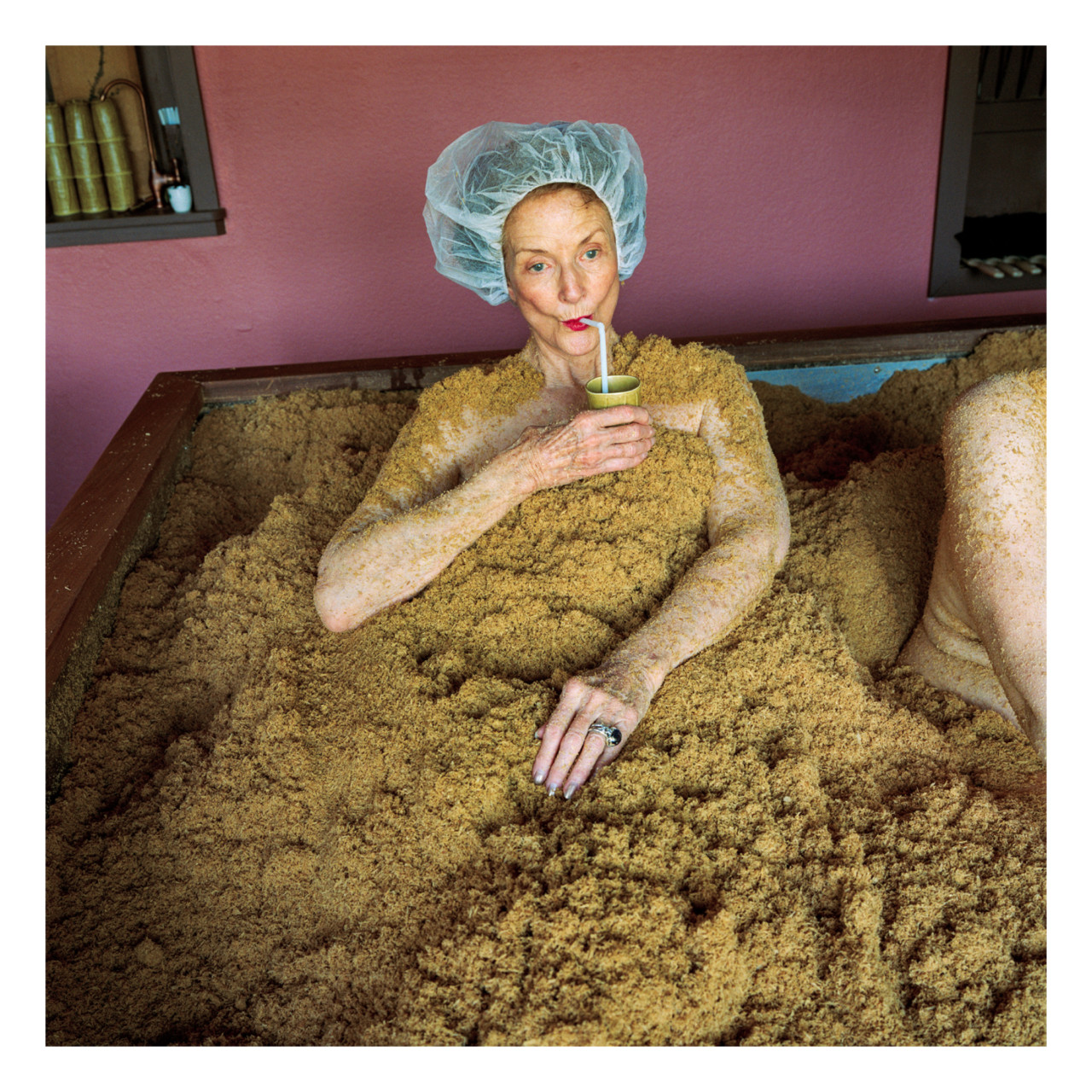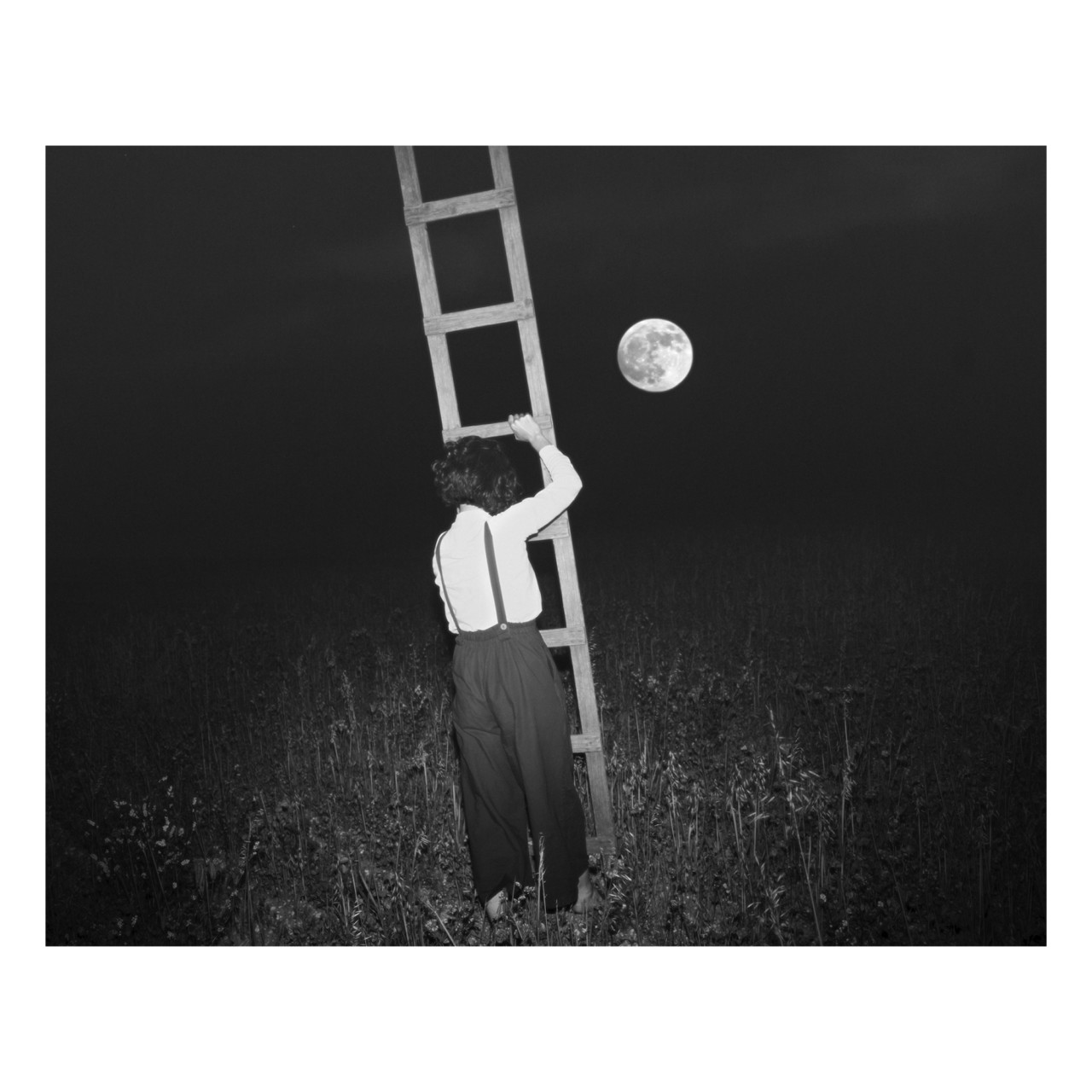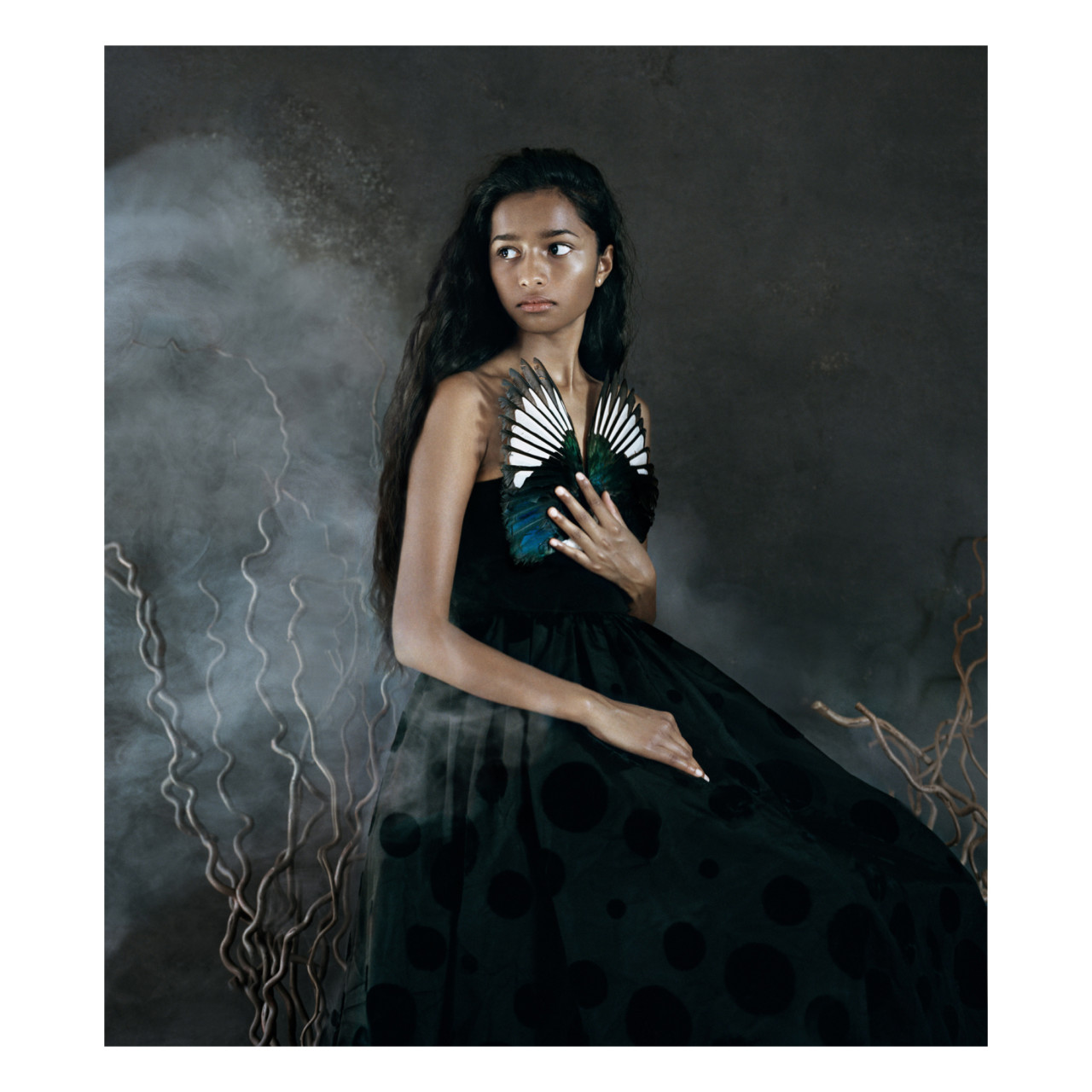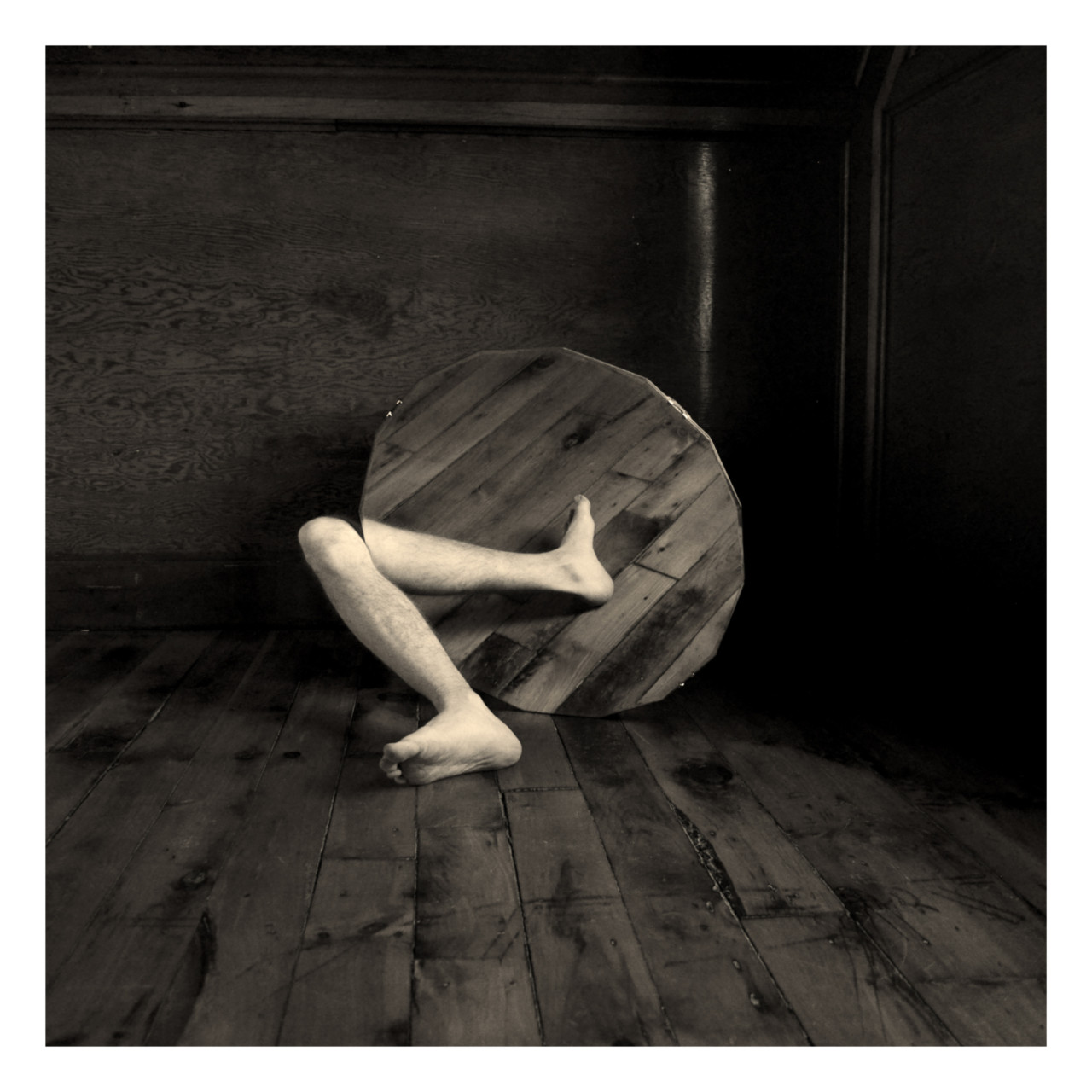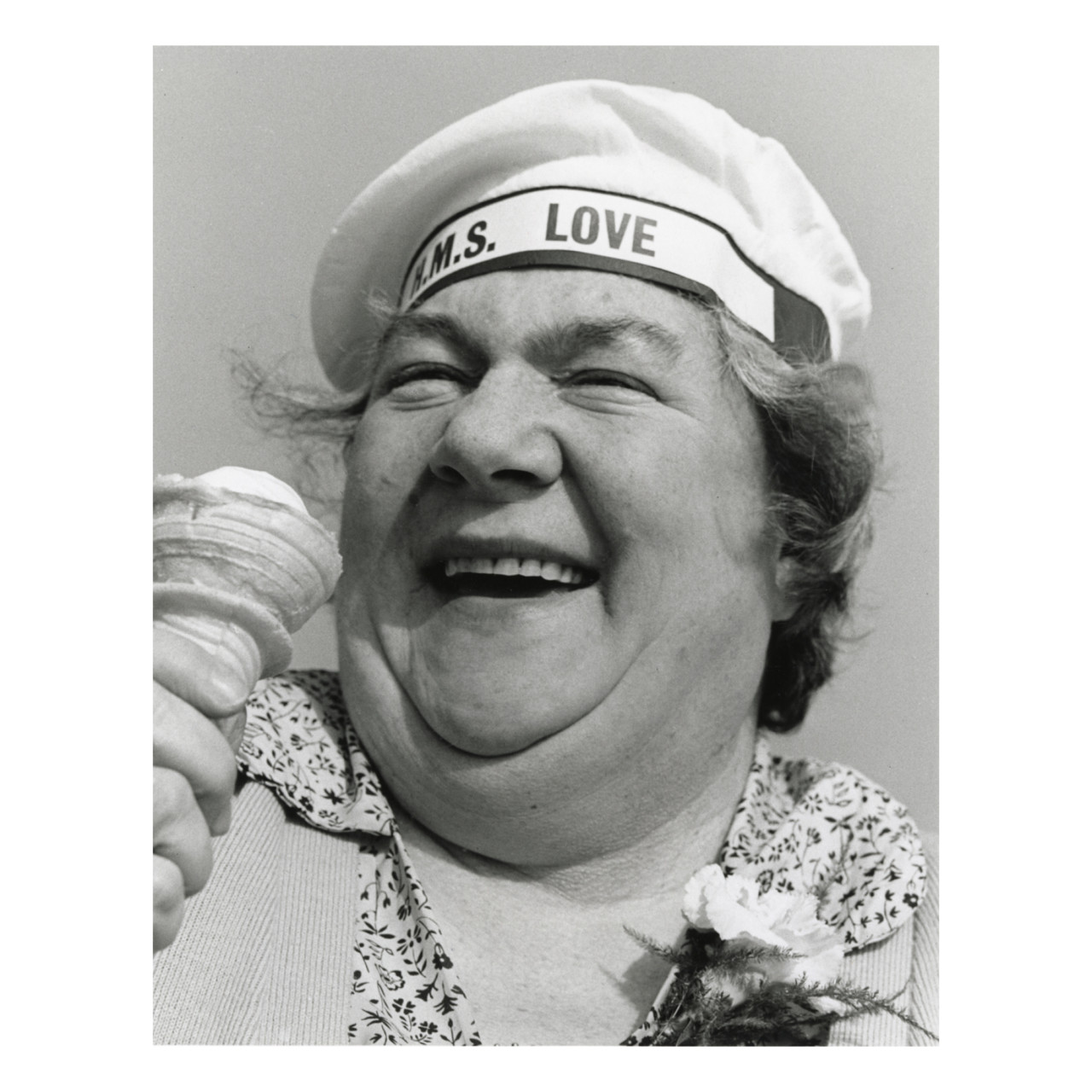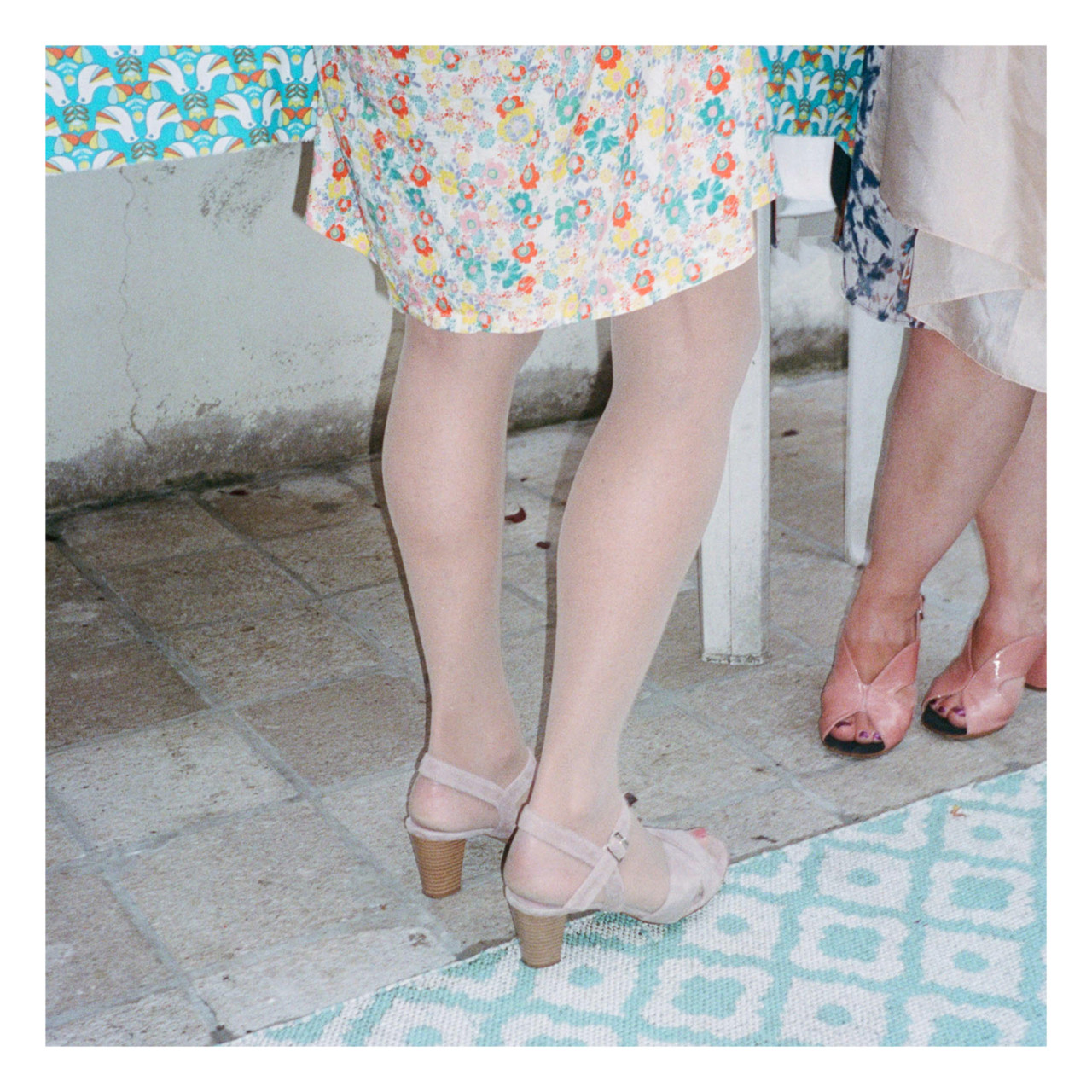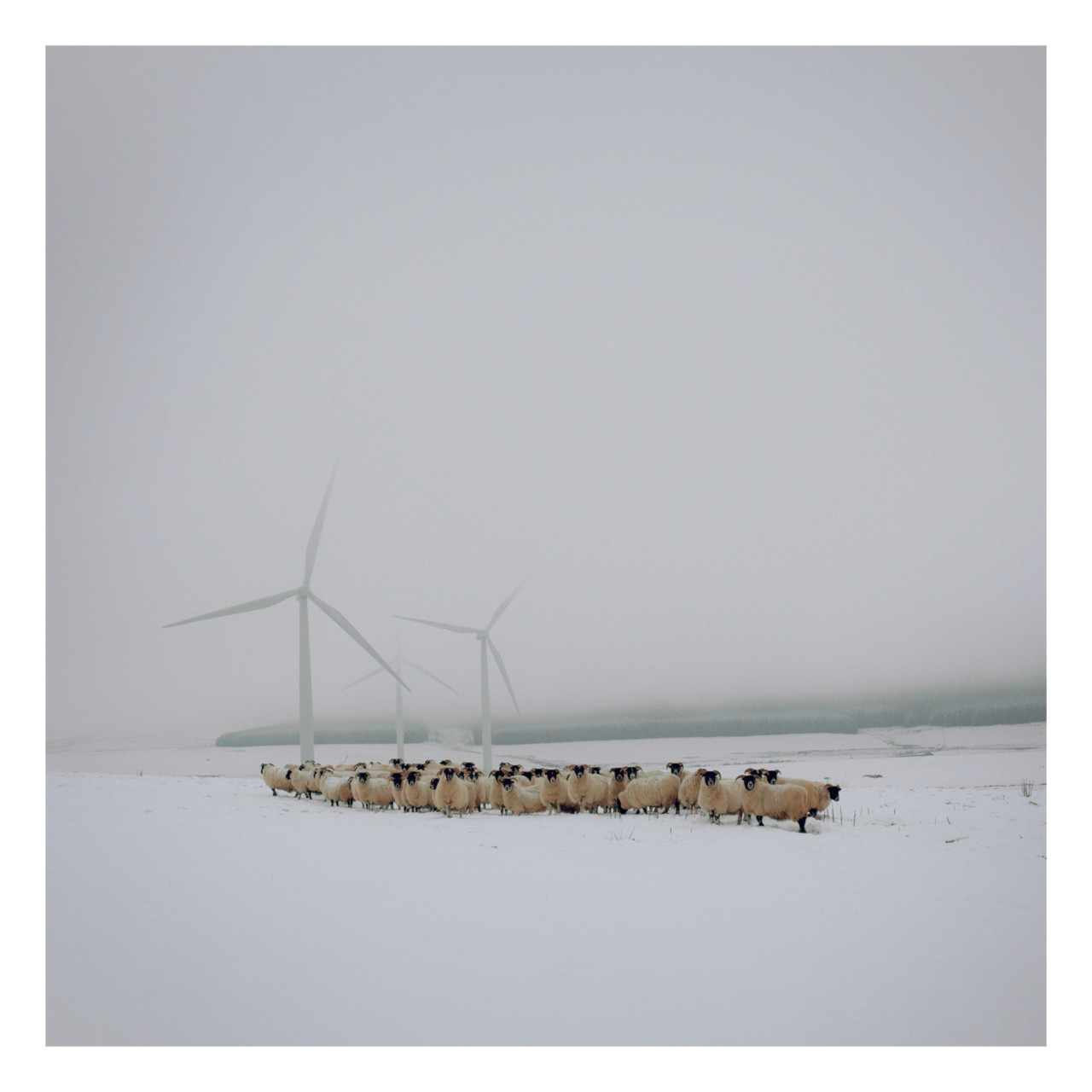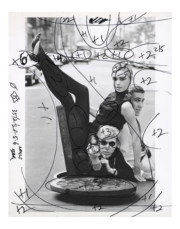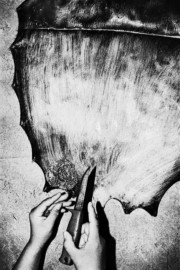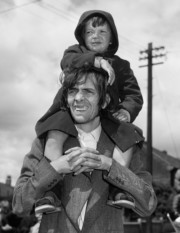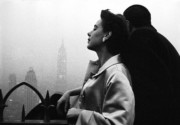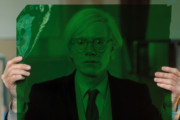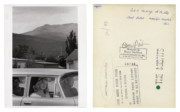Magnum x The Photographers’ Gallery
We present nine images chosen by our partner for the latest Magnum Square Print Sale, together with the stories behind their making.
Magnum’s Square Print Sale returns next week, and for the sale’s 20th edition, the agency has collaborated with the UK’s leading cultural institution devoted to contemporary photography.
The Photographers’ Gallery is sited just off Oxford Street in central London, where from October 14 it will host a pop-up exhibition of all 122 images in the sale. The gallery – the first public space in the UK to devote itself to photography when it opened in 1971 – has also invited 31 artists it works with to join in the sale by contributing their own iconic images.
The pop-up show continues until the end of the sale, which runs 9am EST on Monday, October 17 to 11:59pm EST on Sunday, October 23.
A total of 122 signed or estate-stamped 6×6” prints are on offer, priced £100/€120/$100+tax, available only for the duration of the one-week sale, never to be reprinted in the same size or format again.
Below, we highlight nine of the images chosen by The Photographers’ Gallery, and the stories behind them.
Tiksi, 2013 by Evgenia Arbugaeva
“It was an unusually warm and sunny day in June, but the sea was still covered in ice,” recalls photographer Evgenia Arbugaeva, who grew up in Tiksi, the northernmost port in Russia. “Tanya braided her hair and wore her favourite dress. She said that on a beautiful day like this, I must take a picture of her in this dress as, most likely, she will grow out of it the next day. A stray dog was following us on our walk, and Tanya liked to imagine that this dog was hers; she had always dreamed of having one.”
The picture is one among a series made on a return visit to the town of early childhood, described as a “Siberian fairy tale”, part documentary, part fictional – that won the Leica Oskar Barnack Award in 2013.
“Looking at this image almost 10 years later, I can’t help but feel nostalgic for my home town Tiksi, and also sad thinking about the sea and the ice and how it all continues to change painfully fast in the Arctic.”
Portrait of our ancient forefather, 1974 by Pentti Sammallahti
“In the 1970s I often spent the end of May on a small rocky island on the Baltic Sea photographing nature and observing the migration of wildfowl to their arctic nesting regions,” says Pentti Sammallahti, “a benchmark figure in contemporary Finnish photography”, as he is described by The Photographers’ Gallery.
“There were ponds on the island where toads had their coupling seasons. At nightfall, every little while the toads raised their heads above the water surface calling their darlings.
“When admiring that enchanting love theatre one toad appeared just in front of me. There we wondered at each other a while until by croaking he gave me a hint to photograph. I quietly laid the camera close to the water and pushed the button.”
Red Canary #1, 2007 from the series An Incomplete Dictionary of Show Birds by Luke Stephenson
“It began with a very simple idea, that I wanted to photograph budgies, taking influence from prize pigeon photography,” says Luke Stephenson, who has taken a similarly typological approach in some of his other projects, such as The Clown Egg Registry and British Record Fish.
“Upon entering the show bird world, I discovered a whole range of wonderfully colourful and interesting birds and the hobby of bird keeping. Soon it had sucked me in, and I became fascinated with it. Over the last 16 years I have photographed many birds and met a great deal of people who are very enthusiastic about their hobby, many of which have been keeping birds their whole lives and were extremely knowledgeable and happy to share it with me.
“Their enthusiasm became very infectious and turned me into a sort of collector of birds – not by owning or breeding them, but simply by photographing a certain species and adding it to my collection, allowing me to tick that bird from my own self-imposed list.”
A Gather of Sheep, Falkland Islands, 2011 by Jon Tonks
“In 2011 I spent a month on the Falkland Islands, in the South Atlantic,” says Jon Tonks, explaining the context of the photograph he included in the Square Print Sale. “A politically contentious British territory, the legacy of the 1982 conflict here felt ever present. This was to become the fourth chapter of a [longterm series] I was creating about British Overseas Territories in the South Atlantic, and ultimately my first book, Empire [now sold out].
“This image depicts a gather of sheep around a Union Flag in Johnson’s Harbour, East Falkland. I was on a farm learning about peat-cutting, and the sheep were penned in for shearing. On the horizon a small bus appeared, loaded with German tourists, ashore for the day from a cruise ship. With barely a tree on the islands, advancing vehicles can be seen from a distance.
“As the bus approached, the farmer shouted across the field, ‘Stick the flag up son, the Germans are coming.’ The image appeared in front of my eyes, and seemingly epitomised the balance of humour and history I was looking for, ultimately making the cover of the book.”
MG Metro, Norton Folgate, EC2, 1987 by Chris Dorley-Brown
Chris Dorley-Brown’s documentation of his hometown, London, has been ongoing for more than 30 years, largely self-funded.
“I imagine I have been commissioned by some major institution to work on a permanent and well-paid project to produce a continuous series of photographs that document London’s significant developments and transformations from the late 20th Century through to the point where I can no longer hold a camera,” he writes. “These pictures will be locked away safely unseen until such time they are deemed interesting.
“This fictional conceit reminds me to concentrate on things that will have a timeless value to them and to include as much visual information to each photo as I can. As I work I am just thinking about the unborn and what they will want to know about this era in which we are living, nothing else. It’s not art, just evidence.”
Shiratani Unsuikyo Ravine #26, Yakushima, 2017 (Cropped) by Chrystel Lebas
“I travelled to the southern Japanese island of Yakushima, known for its dense forest of ancient Japanese cedar trees known as ‘Yakusugi’,” says Chrystel Lebas, recalling the context behind the image she has included in the latest Magnum Square Print Sale, originally created for the series, Regarding Forests, which explored “notions of the sublime and our relationship to the natural world.”
She continues: “This primeval temperate rainforest contains some of the oldest living trees in the world, dating back thousands of years and now protected by UNESCO status. Following my own interest and connections with forests, I was able to relate closely to Yakushima, slowing down, observing, and studying this complex iconic and fragile ecosystem.”
Africanis 12. Richmond, Northern Cape, South Africa, April 2009 by Daniel Naudé
After his first encounter with an Africanis dog – a breed found across southern Africa – Daniel Naudé began a series of ‘portraits’ of them, setting out on numerous journeys into the rural areas over a period of five years, shooting with a Hasselblad film camera. “Each portrait offered me a similarly ecstatic encounter, and my goal was to achieve that intense presence and experience of the first dog throughout the series.”
This portrait formed part of my his first major body of work, and was included on the front cover of Animal Farm, published by Prestel in 2012.
Untitled #2 from the series Iran, Untitled, 2013 by Gohar Dashti
In her Iran, Untitled series, Gohar Dashti “re-imagined the situation of my homeland in the midst of the unyielding desert,” staging groups of tightly packed people, isolated against sparse landscapes. “In this image, I showed a group of people on a carpet, celebrating a wedding in the middle of the wide desert,” explains the Iranian photographer. “Crowded together, the couples don’t know what was past, or what is to come in the future.”
Sitting Bear, 2013, from the series Notes for an Epilogue by Tamas Dezsö
Tamas Dezsö’s Square Print Sale photograph was taken in a bear sanctuary in the mountains near Zărnești, Romania, set up 16 years after the fall of communism. “The bear in the photograph arrived with its sibling in 2006,” writes Dezsö. “The then two-year-old cubs were in such bad condition that it took nearly five years for them to completely recover. Although before – or even after – the revolution bears were not regarded as animals of some value requiring special protection, [communist leader Nicolae] Ceaușescu banned the general hunting of bears, keeping the privilege for himself alone.”
Today, the bear shares 70 hectares of oak forest with another 70 of his kind. All proceeds due to Dezsö as a result of this collaboration with Magnum will be donated to International Animal Rescue, adds the Hungarian photographer.
The rest of the images from The Photographers’ Gallery can be seen in the slideshow above.
And the entire collection of 122 prints in the sale, can be seen in person at a pop-up exhibition at the gallery in central London from October 14 — a few days before the sale beings on the 17th — to the end, October 23.
The prints are available here only for the duration of the one-week sale, never to be reprinted in the same size or format again.
To celebrate, we are giving away five Magnum Square Prints for free. Just enter your email here for the chance to win a print of your choice from the sale. You will also be the first to know about the sale, as well as any exclusive discounts and offers from the Magnum Shop.



